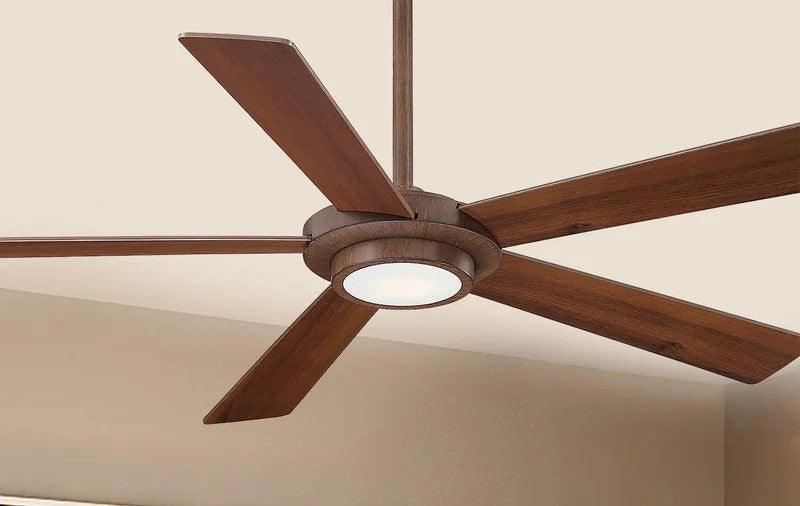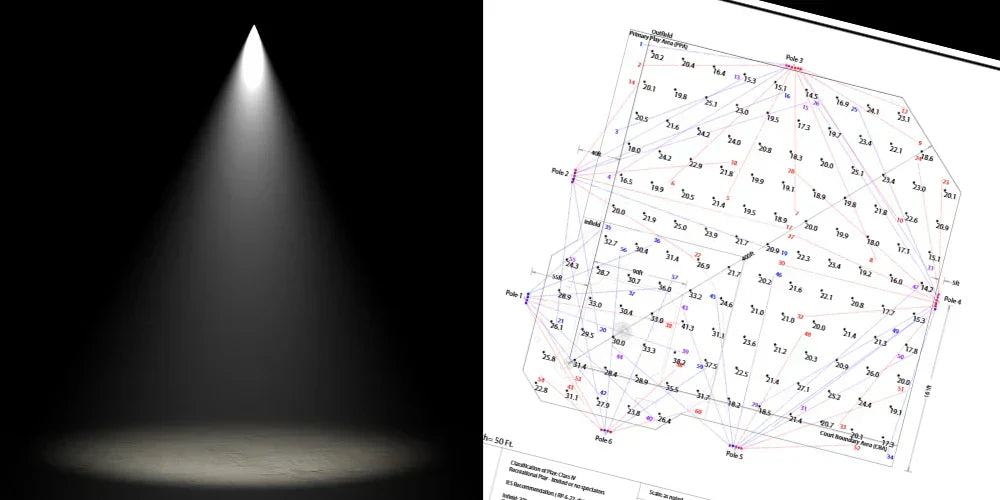In the world of ceiling fans, there are two key players that determine how your fan functions, namely AC (Alternating Current) and DC (Direct Current) motors. Read more to understand the intricacies of these powerhouses that keep your home cool and comfortable.
What is a Ceiling Fan Motor?
The heart of every ceiling fan is its motor. This built-in component powers the fan, spinning the blades to create air movement. While every ceiling fan uses a motor, not all motors are the same. The primary types of motors used in ceiling fans are AC and DC.
AC Ceiling Fan Motor Explained
AC stands for "alternating current", which is an electrical current that periodically reverses direction, alternating power continuously. This is the form of electrical power that runs most household appliances, including ceiling fans.
An AC fan motor utilizes this alternating current, regulating the electrical speed by controlling the frequency of the current. This results in greater reliability and energy efficiency. Since the ceiling fan can take the alternating current provided by your home directly, it doesn't require any extra steps to convert the current for fan use.

AC motors are bulkier and have more parts, resulting in larger ceiling fan sizes.
DC Ceiling Fan Motor Defined
On the other hand, DC or "direct current" signifies electricity that flows consistently in one direction. A DC fan motor employs this current by converting the supplied AC power from your home and regulating the electrical speed by controlling the current itself.
DC fan motors offer more efficient air movement, use less energy, and operate almost silently. As these motors have fewer parts and are simpler, they tend to be smaller than AC fans, allowing for a greater range of styles.

DC motors tend to be smaller than AC motors, resulting in a low profile shape for the ceiling fan.
The Pros and Cons of AC Motors
AC ceiling fans have been a popular choice due to their affordability and ease of installation. But like everything else, they have their advantages and disadvantages.
Advantages of AC Motor Ceiling Fans
- Budget-friendly: AC ceiling fans are cheaper to produce and therefore more affordable.
- Ease of installation: Most homes are ready to install AC ceiling fans, simplifying the installation process.
- Variety of designs: AC fans come in a wide range of designs and styles.
Disadvantages of AC Motor Ceiling Fans
- Limited speed options: AC fan motors typically offer up to 3 speeds.
- Greater energy consumption: AC fans consume more energy than DC fans.
The Pros and Cons of DC Motors
DC ceiling fans are lauded for their energy efficiency and quiet operation. However, they also have their own set of pros and cons.
Advantages of DC Motor Ceiling Fans
- Energy efficiency: DC fans consume up to 70% less energy than a standard AC fan.
- Quiet operation: They are generally extremely quiet.
- More speed options: DC fans often have more speed options and are faster to start, stop, and change speed.
Disadvantages of DC Motor Ceiling Fans
- Higher cost: DC ceiling fans tend to be more expensive when compared to an equivalent AC model.
- Limited control options: DC fans can generally only be controlled by remote.
Shop Ceiling Fan Remote Controls ►

Choosing between a ceiling fan with an AC motor or a DC motor ultimately comes down to personal preference. Each has its benefits and drawbacks, and neither is objectively better than the other. When making your choice, consider factors such as your budget, the style and design of the fan, and your specific needs regarding energy efficiency and noise levels. Remember, whether you choose an AC or DC motor, both types of ceiling fans are effective in keeping your home cool and comfortable.
With advancements in technology, we can expect to see more efficient and quieter ceiling fan motors in the future. As energy conservation becomes increasingly important, the efficiency of DC motors could make them more appealing despite their higher cost. However, the affordability and reliability of AC motors will likely ensure they remain a popular choice for many homeowners.





